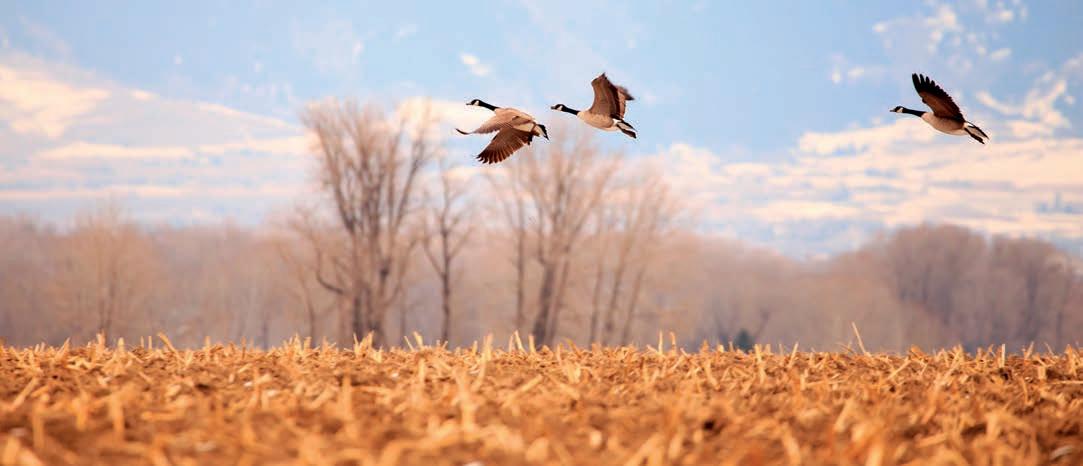ANCIENT GRAIN GOING MODERN By Jonathan Knutson | Agweek Staff Writer
Courtesy photo / The Land Institute A farmer can sow Kernza perennial grain in August of one year and the crop is ready for harvest in the August of the following year. Here, the perennial is close to waist-high in July. There is no need to sow again because the cycle continues.
O
ne of the world’s oldest grains has found new life. Now, a new $10 million grant aims to further boost commercial use of Kernza. Informally known as the Kernza Cap, the five-year program, which began Sept. 1, seeks to promote the production, awareness and commercialization of Kernza, which supporters say is the first commercial perennial grain in the United States. “This project will simultaneously advance the genetics of Kernza, guide farmers on how to grow it, and partner with companies on how to use and market it. We envision this collaborative approach will ensure that Kernza is agronomically sound, economically viable and environmentally sustainable,” said Dr. Jacob Jungers, assistant professor in the Department of Agronomy and Plant Genetics at the University of Minnesota’s College of Food, Agricultural, and a leader in the project. Unlike regular wheat — an annual plant that must be planted every year — Kernza is planted just once and comes back year after year. Kernza is the trademark name for the perennial grain harvested from new varieties of intermediate wheatgrass. The latter originated in Europe and Asia but was introduced into the U.S. decades ago to provide forage
for livestock. More recently, intermediate wheatgrass was identified as a good candidate to become a perennial grain crop. It features relatively large seed size and a deep root system that helps it tolerate drought. And because it isn’t planted every year, it also can help farmers avoid planting difficulties in wet springs. Kernza itself isn’t new. The Land Institute, a nonprofit agricultural research organization in Salina, Kan., began researching and developing it nearly two decades ago. What’s new is that the project, formally called “Developing and Deploying a Perennial Grain Crop Enterprise to Improve Environmental Quality and Rural Prosperity,” brings together academic and non-academic experts from 10 universities and 24 nonprofit and farm and food organizations. “This grant is built on years of active collaboration among the stakeholders and is an exciting step toward our vision for Kernza and other future perennial grains being developed at The Land Institute and partner institutions globally.” said Rachel Stroer, acting president of The Land Institute, a partner in the project. The grant was awarded through the U.S. Department of Agriculture’s Sustainable Agricultural Systems Program. More information: kernza.org/kernzacap. West Central Tribune – November 2020 – Page 35











